Hydronephrosis In Pregnancy Treatment
Hydronephrosis in pregnancy treatment. However physiological hydronephrosis of pregnancy must be distinguished from pathological hydronephrosis from obstruction see Maternal adaptations to pregnancy. Take a look at them. At other times it may require larger incisions and more instruments.
The next step is to rule out the cause of the blockage. The vast majority of asymptomatic cases are treated conservatively 13 especially since most cases of physiological calyectasis do not impair renal function. Treatment for Hydronephrosis During Pregnancy The first step of treatment in case of hydronephrosis is using a catheter to drain the urine from the bladder to ease.
It aims to fix the flap valve problem so. Rarely pelvic ultrasound may identify a stone obstructing the distal ureter. The next step in treatment involves figuring out the cause of the obstruction.
We propose a multidisciplinary management based on renal ultrasonography to verify hydronephrosis and renography to diagnose. Most cases are resolved conservatively. Although the vast majority of cases of symptomatic hydronephrosis in pregnancy may.
Many pregnant women may not need any treatment if hydronephrosis is mild. Treatment at this step differs from the cause. Hydronephrosis in pregnancy is common in the second and third trimester.
However some women with severe symptoms of hydronephrosis may need medical attention. Only a few cases are symptomatic caused by a ureteric stone or by the pregnancy itself. The vast majority of asymptomatic cases are treated conservatively 1 especially since most cases of physiological calyectasis do not impair renal function.
The management of symptomatic hydronephrosis in pregnancy. Conclusions Although the vast majority of cases of symptomatic hydronephrosis in pregnancy may be treated conservatively pigtail insertion is an efficient and safe modality for the rare patient with refractory symptoms.
However physiological hydronephrosis of pregnancy must be distinguished from pathological hydronephrosis from obstruction see Maternal adaptations to pregnancy.
The next step is to rule out the cause of the blockage. Often reflux will disappear as the child grows and the ureter lengthens and develops. It usually resolves after pregnancy within few weeks or months. Treatment at this step differs from the cause. The treatment of Hydronephrosis during pregnancy is carefully performed through different stages. This form of treatment is most commonly used for reflux that causes only mild hydronephrosis and is less severe. Rarely pelvic ultrasound may identify a stone obstructing the distal ureter. Conclusions Although the vast majority of cases of symptomatic hydronephrosis in pregnancy may be treated conservatively pigtail insertion is an efficient and safe modality for the rare patient with refractory symptoms. If hydronephrosis occurs because youre pregnant you will not usually need any treatment because the condition will pass within a few weeks of giving birth.
Draining the urine through a thin catheter inserted into the bladder or directly to the kidney through the skin. It usually resolves after pregnancy within few weeks or months. Treatment for Hydronephrosis During Pregnancy The first step of treatment in case of hydronephrosis is using a catheter to drain the urine from the bladder to ease. In the meantime catheters can be regularly used to drain urine from the kidneys. Many pregnant women may not need any treatment if hydronephrosis is mild. Treatment at this step differs from the cause. The first step is to use a catheter to drain the urine from the bladder just to relive the pressure of the kidneys.
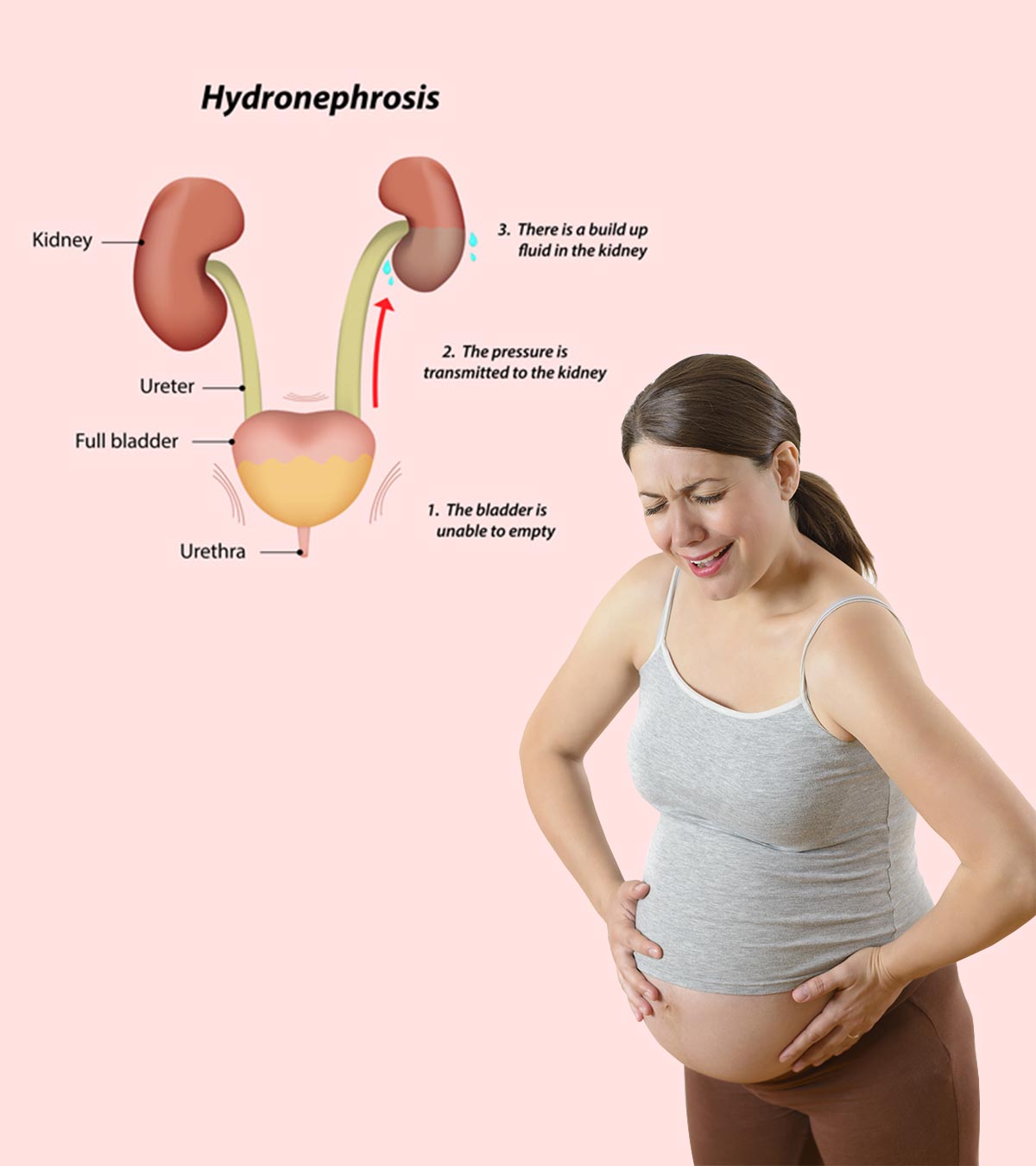


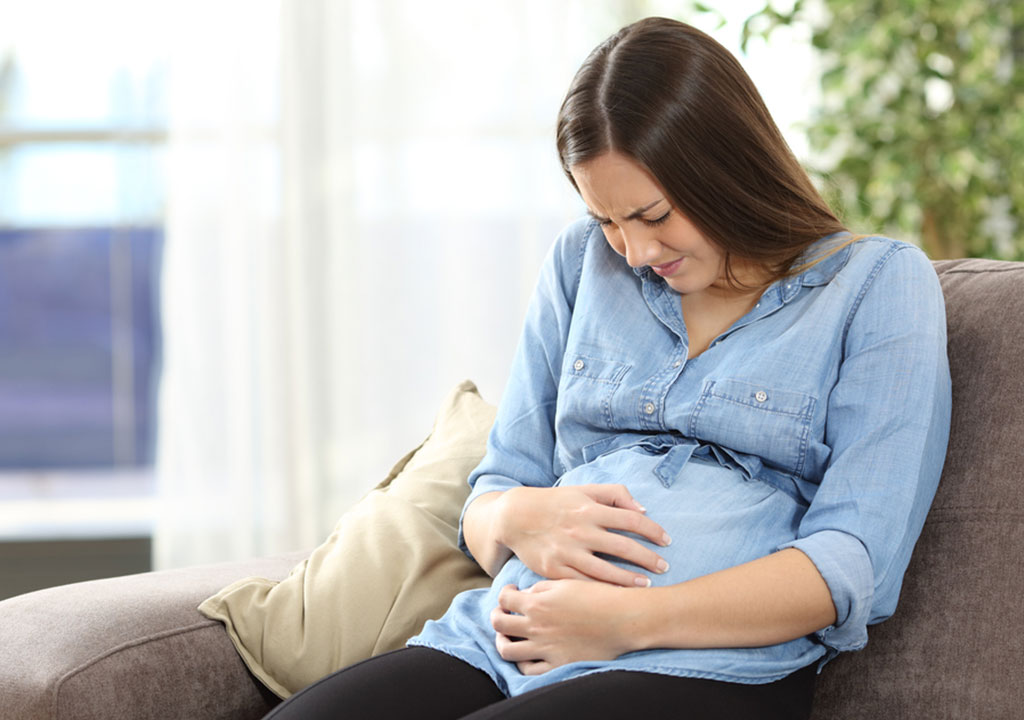



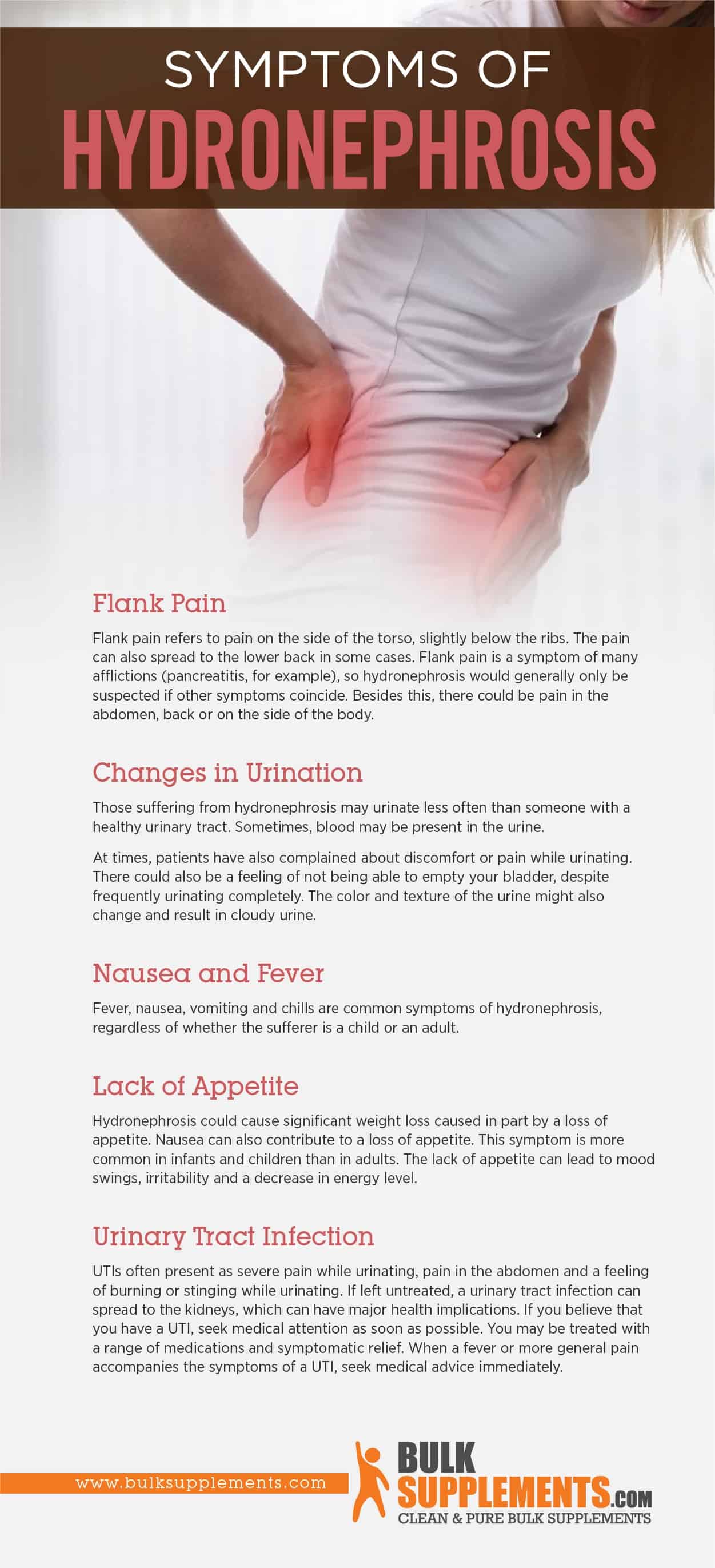




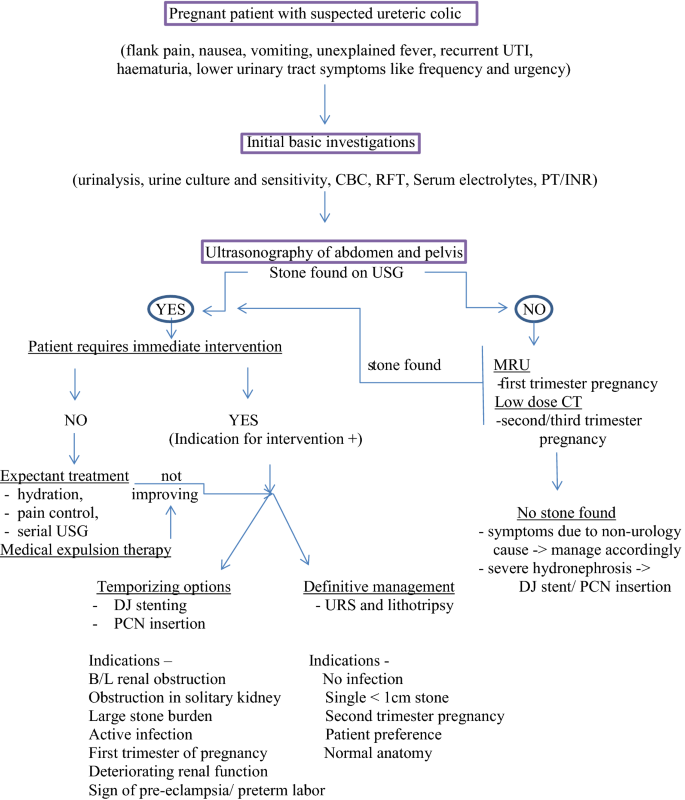



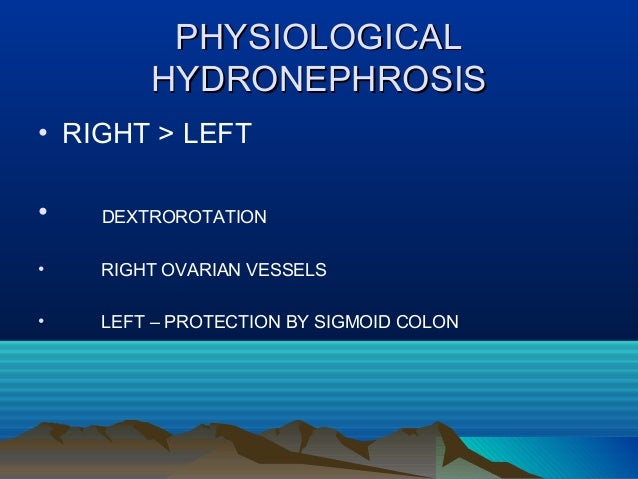




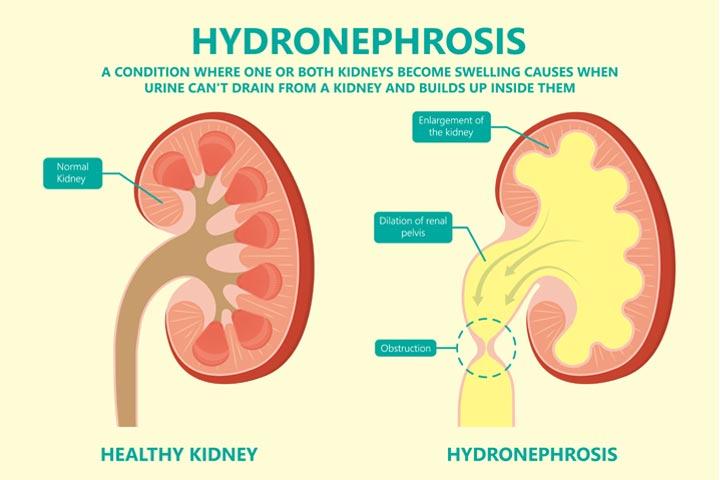



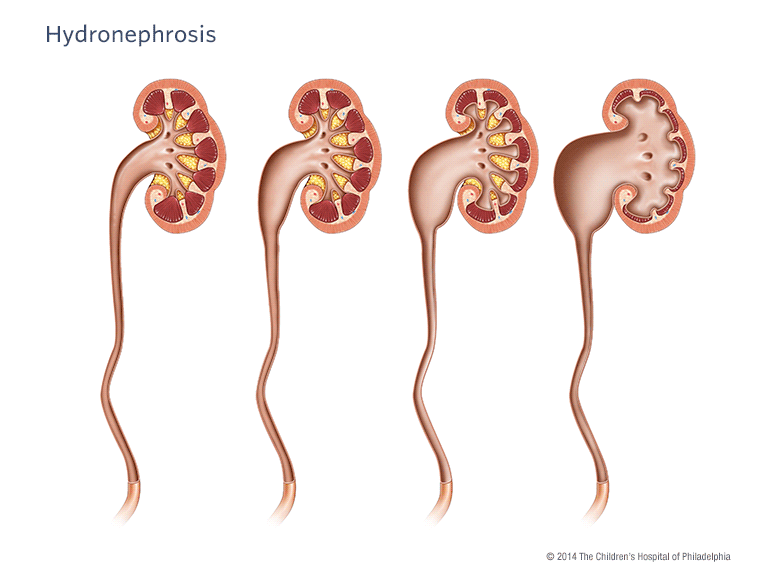
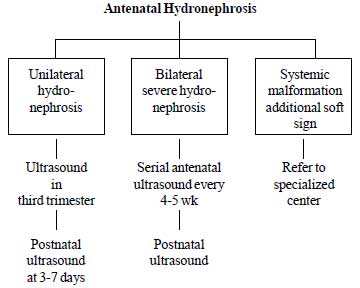





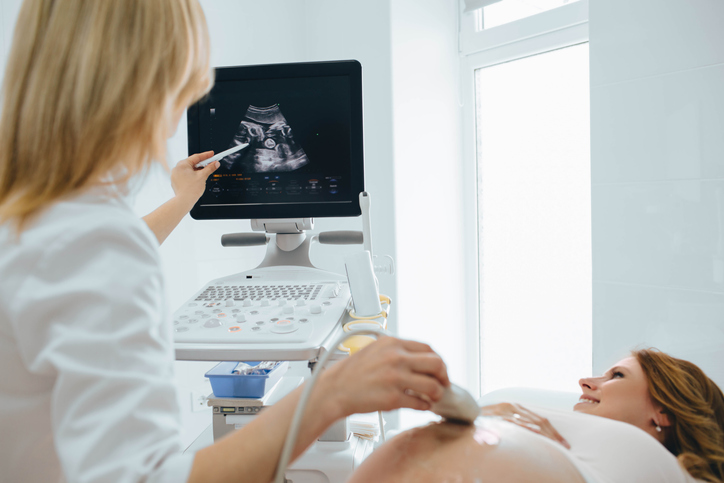

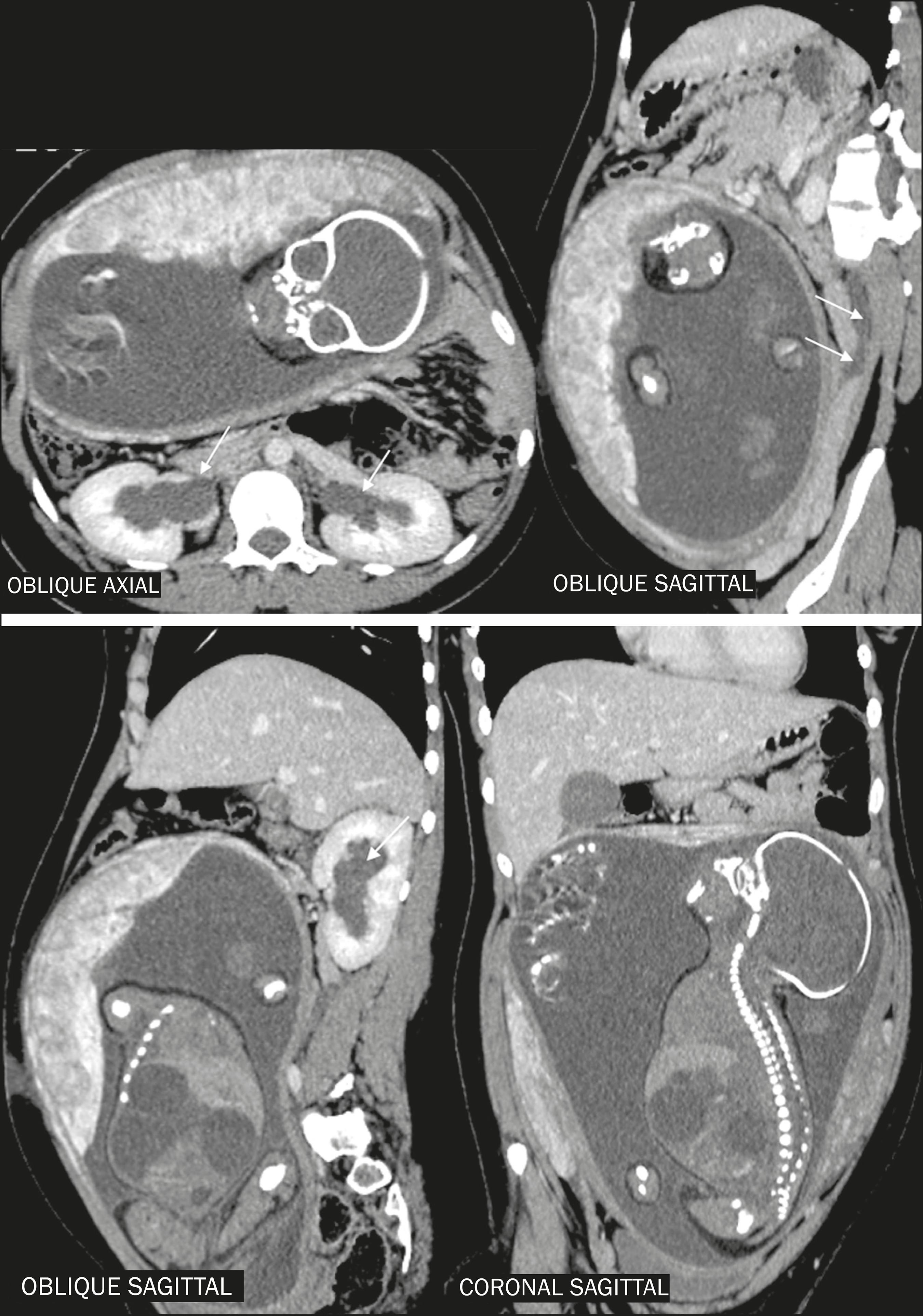




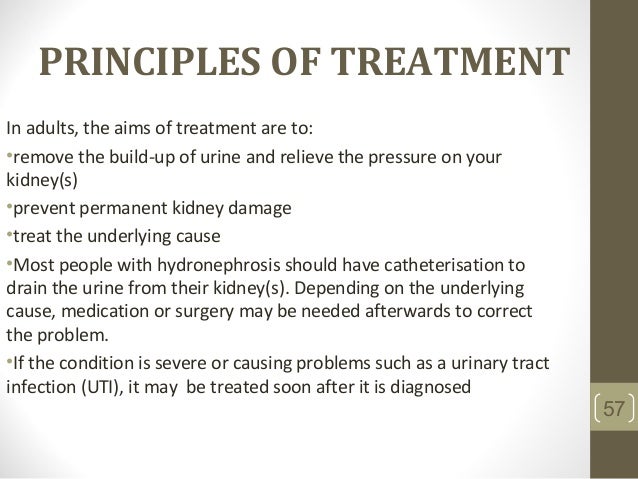

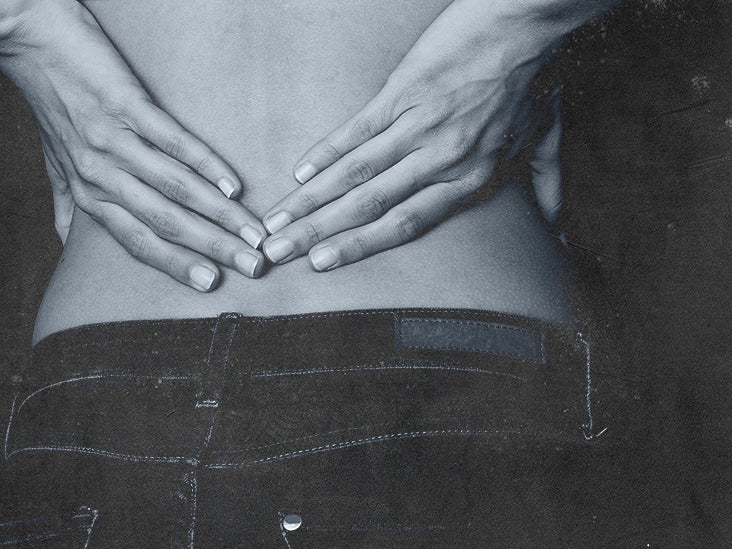
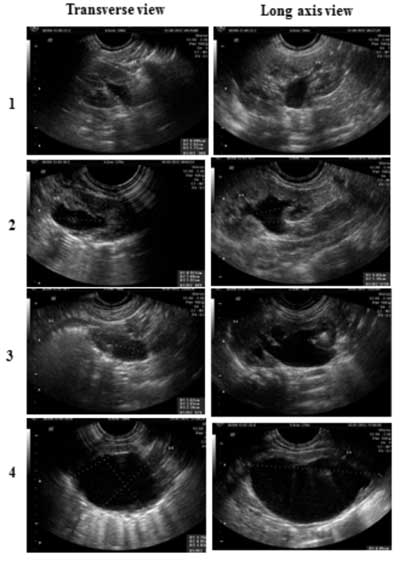
Post a Comment for "Hydronephrosis In Pregnancy Treatment"